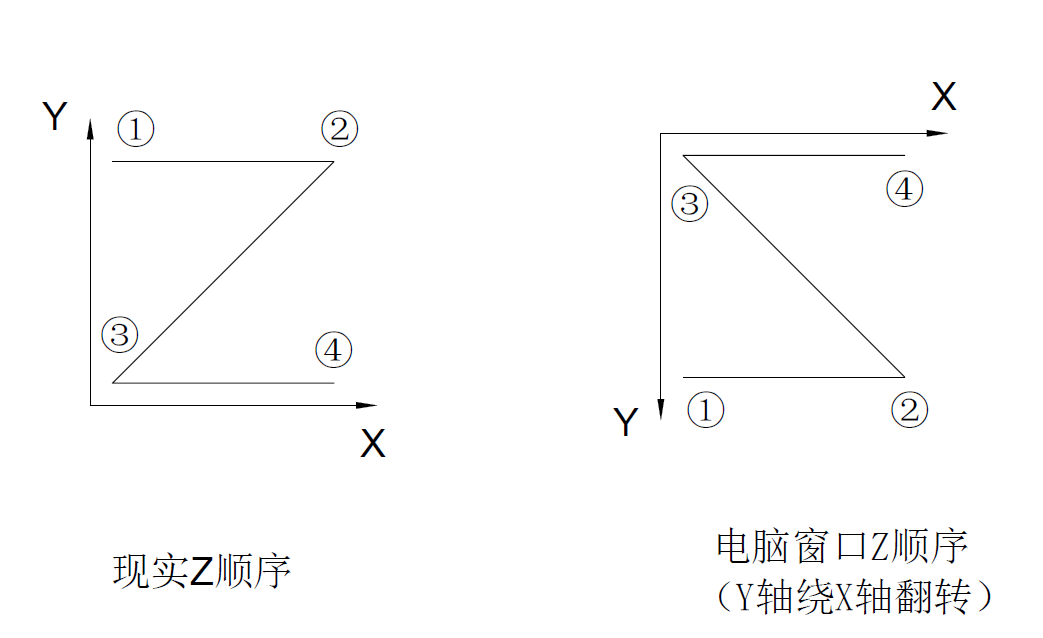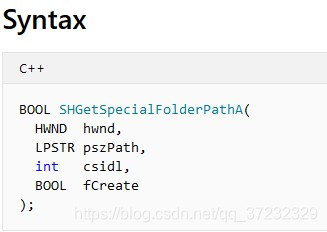原文:https://blog.sentry.io/2016/01/04/client-Javascript-reporting-window-onerror.html
onerror is a special browser event that fires whenever an uncaught Javascript error has been thrown. It’s one of the easiest ways to log client-side errors and report them to your servers. It’s also one of the major mechanisms by which Sentry’s client Javascript integration (raven-js) works.
You listen to the onerror event by assigning a function to window.onerror:
window.onerror = function (msg, url, lineNo, columnNo, error) { // ... handle error ... return false; }
When an error is thrown, the following arguments are passed to the function:
- msg – The message associated with the error, e.g. “Uncaught ReferenceError: foo is not defined”
- url – The URL of the script or document associated with the error, e.g. “/dist/app.js”
- lineNo – The line number (if available)
- columnNo – The column number (if available)
- error – The Error object associated with this error (if available)
The first four arguments tell you in which script, line, and column the error occurred. The final argument, Error object, is perhaps the most valuable. Let’s learn why.
The Error object and error.stack
At first glance the Error object isn’t very special. It contains 3 standardized properties: message, fileName, and lineNumber. Redundant values that already provided to you via window.onerror.
The valuable part is a non-standard property: Error.prototype.stack. This stack property tells you at what source location each frame of the program was when the error occurred. The stack trace can be a critical part of debugging an error. And despite being non-standard, this property is available in every modern browser.
Here’s an example of the Error object’s stack property in Chrome 46:
"Error: foobar\n at new bar (
Hard to read, right? The stack property is actually just an unformatted string.
Here’s what it looks like formatted:
Error: foobarat new bar (
Once it’s been formatted, it’s easy to see how the stack property can be critical in helping to debug an error.
There’s just one snag: the stack property is non-standard, and its implementation differs among browsers. For example, here’s the same stack trace from Internet Explorer 11:
Error: foobarat bar (Unknown script code:2:5)at foo (Unknown script code:6:5)at Anonymous function (Unknown script code:11:5)at Anonymous function (Unknown script code:10:2)at Anonymous function (Unknown script code:1:73)
Not only is the format of each frame different, the frames also have less detail. For example, Chrome identifies that the new keyword has been used, and has greater insight into eval invocations. And this is just IE 11 vs Chrome – other browsers similar have varying formats and detail.
Luckily, there are tools out there that normalize stack properties so that it is consistent across browsers. For example, raven-js uses TraceKit to normalize error strings. There’s also stacktrace.js and a few other projects.
Browser compatibility
window.onerror has been available in browsers for some time – you’ll find it in browsers as old as IE6 and Firefox 2.
The problem is that every browser implements window.onerror differently. Particularly, in how many arguments are sent to to the onerror listener, and the structure of those arguments.
Here’s a table of which arguments are passed to onerror in most browsers:
| Browser | Message | URL | lineNo | colNo | errorObj |
|---|---|---|---|---|---|
| Firefox 42 | ✓ | ✓ | ✓ | ✓ | ✓ |
| Chrome 46 | ✓ | ✓ | ✓ | ✓ | ✓ |
| Android Browser 4.4 | ✓ | ✓ | ✓ | ✓ | |
| Edge | ✓ | ✓ | ✓ | ✓ | |
| IE 11 | ✓ | ✓ | ✓ | ✓ | ✓ |
| IE 10 | ✓ | ✓ | ✓ | ✓ | |
| IE 9, 8 | ✓ | ✓ | ✓ | ||
| Safari 9 | ✓ | ✓ | ✓ | ✓ | |
| iOS 9 | ✓ | ✓ | ✓ | ✓ |
You’ll notice that the latest Apple browsers – Safari and iOS – don’t support a 5th error object argument. And while the final version of Internet Explorer (11) supports the error object, Microsoft’s latest browser, Edge, does not.
Without the error object, there is no stack trace property. This means that these browsers cannot retrieve valuable stack information from errors caught by onerror.
Polyfilling window.onerror with try/catch
But there is a workaround – you can wrap code in your application inside a try/catch and catch the error yourself. This error object will contain our coveted stack property in every modern browser.
Consider the following helper method, invoke, which calls a function on an object with an array of arguments:
function invoke(obj, method, args) { return obj[method].apply(this, args); } invoke(Math, 'max', [1, 2]); // returns 2
Here’s invoke again, this time wrapped in try/catch, in order to capture any thrown error:
function invoke(obj, method, args) { try { return obj[method].apply(this, args); } catch (e) { captureError(e); // report the error throw e; // re-throw the error } } invoke(Math, 'highest', [1, 2]); // throws error, no method Math.highest
Of course, doing this manually everywhere is pretty cumbersome. You can make it easier by creating a generic wrapper utility function:
function wrapErrors(fn) { // don't wrap function more than once if (!fn.__wrapped__) { fn.__wrapped__ = function () { try { return fn.apply(this, arguments); } catch (e) { captureError(e); // report the error throw e; // re-throw the error } }; } return fn.__wrapped__; } var invoke = wrapErrors(function(obj, method, args) { return obj[method].apply(this, args); }); invoke(Math, 'highest', [1, 2]); // no method Math.highest
Because Javascript is single threaded, you don’t need to use wrap everywhere – just at the beginning of every new stack.
That means you’ll need to wrap function declarations:
- At the start of your application (e.g. in
$(document).readyif you use jQuery) - In event handlers, e.g.
addEventListeneror$.fn.click - Timer-based callbacks, e.g.
setTimeoutorrequestAnimationFrame
For example:
$(wrapErrors(function () { // application start doSynchronousStuff1(); // doesn't need to be wrapped setTimeout(wrapErrors(function () { doSynchronousStuff2(); // doesn't need to be wrapped }); $('.foo').click(wrapErrors(function () { doSynchronousStuff3(); // doesn't need to be wrapped }); }));
If that seems like a heck of a lot of work, don’t worry! Most error reporting libraries have mechanisms for augmenting built-in functions like addEventListener and setTimeout so that you don’t have to call a wrapping utility every time yourself. And yes, raven-js does this too.
Transmitting the error to your servers
Okay, so you’ve done your job – you’ve plugged into window.onerror, and you’re additionally wrapping functions in try/catch in order to catch as much error information as possible.
There’s just one last step: transmitting the error information to your servers. In order for this to work, you’ll need to set up some kind of reporting web service that will accept your error data over HTTP, log it to a file and/or store it in a database.
If this web service is on the same domain as your web application, this is achieved easily by using XMLHttpRequest. In the example below, we use jQuery’s AJAX function to transmit the data to our servers:
function captureError(ex) { var errorData = { name: ex.name, // e.g. ReferenceError message: ex.line, // e.g. x is undefined url: document.location.href, stack: ex.stack // stacktrace string; remember, different per-browser! }; $.post('/logger/js/', { data: errorData }); }
Note that if you have to transmit your error across different origins, your reporting endpoint will need to support CORS (Cross Origin Resource Sharing).
Summary
If you’ve made it this far, you now have all the tools you need to roll your own basic error reporting library and integrate it with your application:
- How
window.onerrorworks, and what browsers it supports - How to use try/catch to capture stack traces where window.onerror is lacking
- Transmitting error data to your servers
Of course, if you don’t want to bother with all of this, there are plenty of commercial and open source tools that do all the heavy-lifting of client-side reporting for you. (Psst, you might want to try Sentry.)
That’s it! Happy error hunting.










 京公网安备 11010802041100号
京公网安备 11010802041100号